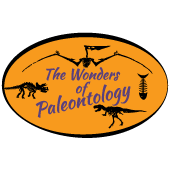What Are Fossils?
by Cindi Sirois Collins
From the Latin word fossilis meaning “dug up”, a fossil is the remains or traces of once-living prehistoric organisms found in sedimentary rock. They are used to piece together the Earth’s ancient life and history. Fossils are created primarily in areas that had water at some point in history like a floodplain, a wetland, or an ocean. Fossilization is a rare phenomenon because lots of events like erosion, heat, and pressure prevent the creation of a fossil. Fossils are historically precious and are priceless.
Fossils must be at least 10,000 years old to be considered a fossil and come in 2 forms:
1) Hard and soft body fossils are the preserved hard parts of an organism’s remains like teeth, bones, and shells. Other processes like freezing, tar, and amber preserve skin, hair, and stomach contents as soft fossils.
2) Trace or Ichnofossils are signs of activity that an animal once lived and include footprints, tracks, burrows, borings, and coprolites (fossilized dung).
Taphonomy “burial law” is the study of all the processes that occur between the death of an animal and its final preservation in the rock as a fossil. It is the transition from the living world (biosphere) to the rock world (lithosphere).
The changes begin with the organism’s death when enzymes are released that destroy the organic structure of the tissues. Due to bacteria, chemical changes happen at every stage.
There are 5 stages of Taphonomy:
These are sequential but also occur within the stages.
1) Disarticulation-the organism decays and bones are no longer held together by flesh and muscles.
2) Dispersal– the organism’s body parts are separated by natural events such as scavengers or floods.
3) Accumulation– occurs when there is a buildup of organic or inorganic materials in one location due to scavengers or human behavior. It can also occur when organisms are stuck in mud or tar as a group.
4) Fossilization occurs when groundwater that is rich in minerals permeates organic materials and fills in empty spaces. Bones, teeth, and dentin are a mixture of organic and mineralized components within the fossilized tissues.
5) Mechanical alterations are processes that alter the organism’s remains physically -like freezes and thaws, compaction, transport in water or by animal activity, burial in different sediments and tar, as well as mummification.
There are 2 phases of Taphonomy:
A) Biostratinomy is the study of the changes that affect the organic remains between the death of an organism and its burial.
B) Diagenesis “across generation” or Fossil diagenesis are the changes that take place on skeletal material after an organism’s final burial. It is the physical, biological, and chemical environments that modify the chemical and structural properties that lead either to its destruction or preservation.
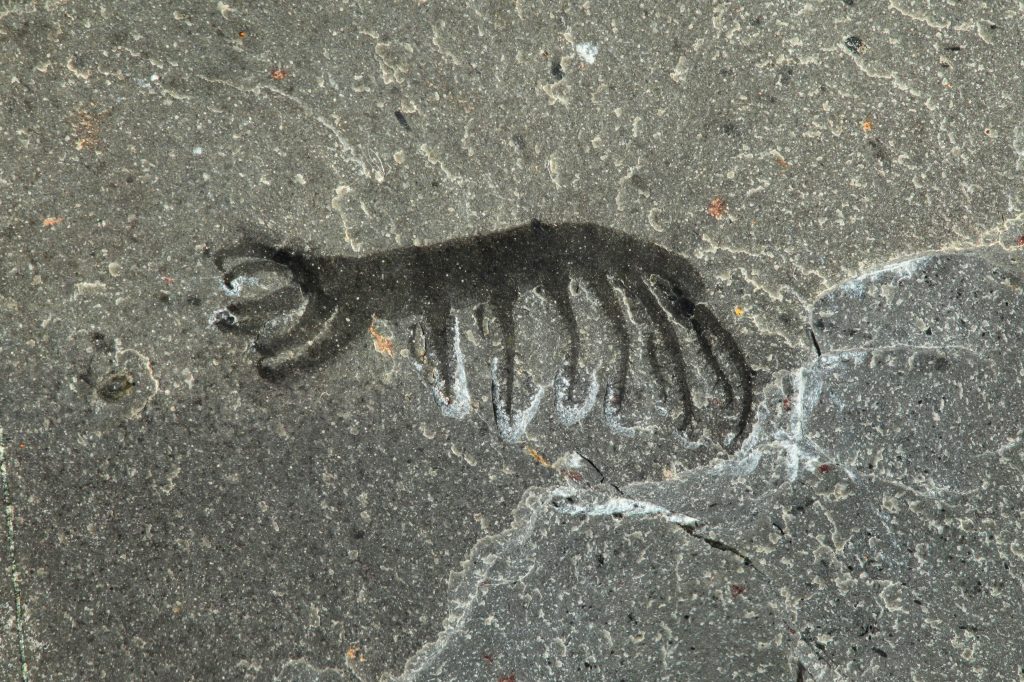
Courtesy of Wikipedia
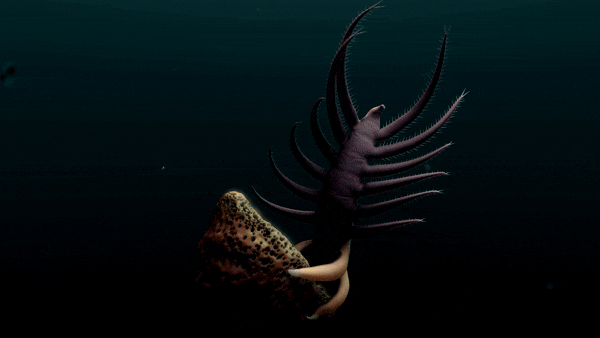
https://www.youtube.com/watch?v=emUXb8lejNo
Lagerstätten ( log-er-stah-ten) “storage place” Fossil Sites
Some of the 50 Fossil Sites around the world where exceptionally well-preserved fossils have been found including the elusive soft-tissue fossils.
Lagerstätten
Geologic Period: Site Name/ Location
Ediacaran: Mistaken Point Ecological Reserve/ Newfoundland, Quebec
Cambrian: Burgess Shale/ British Columbia, Canada
Cambrian: Sirius Passet/ Greenland
Cambrian: Qingjiang Biota/ Hubei, China
Ordovician: Fezouata Formation/ Morocco
Devonian: Rhynie Chert/ Aberdeen, Scotland
Carboniferous (Pennsylvanian): Mazon Creek/ Illinois
Carboniferous (Pennsylvanian): Joggins Fossil Cliffs/ Nova Scotia
Late Jurassic: Morrison Formation/ western U.S.A- Montana to New Mexico
Late Jurassic: Solnhofen Limestone/ Bavaria, Germany
Early Cretaceous: Jehol Biota– Yixian and Jiufotang Formations/ China
Late Cretaceous: Smoky Hill Chalk/ Mulberry, Kansas
Late Cretaceous: Zhucheng Dinosaur Site/ Zhucheng, China
Eocene: Green River Formation/ Colorado, Utah, and Wyoming
Eocene: Messel Pit Fossil Site/Darmstadt, Germany
Oligocene/Miocene: Riversleigh World Heritage Area/ Riversleigh, Australia
Pleistocene: Rancho La Brea Tar Pits/Los Angeles, California.
Other Lists of Fossil Sites
http://www.fossilmuseum.net/FossilSites.htm
https://en.wikipedia.org/wiki/List_of_fossil_sites
Denise Goodwin’s Ladies of STEM suggest:
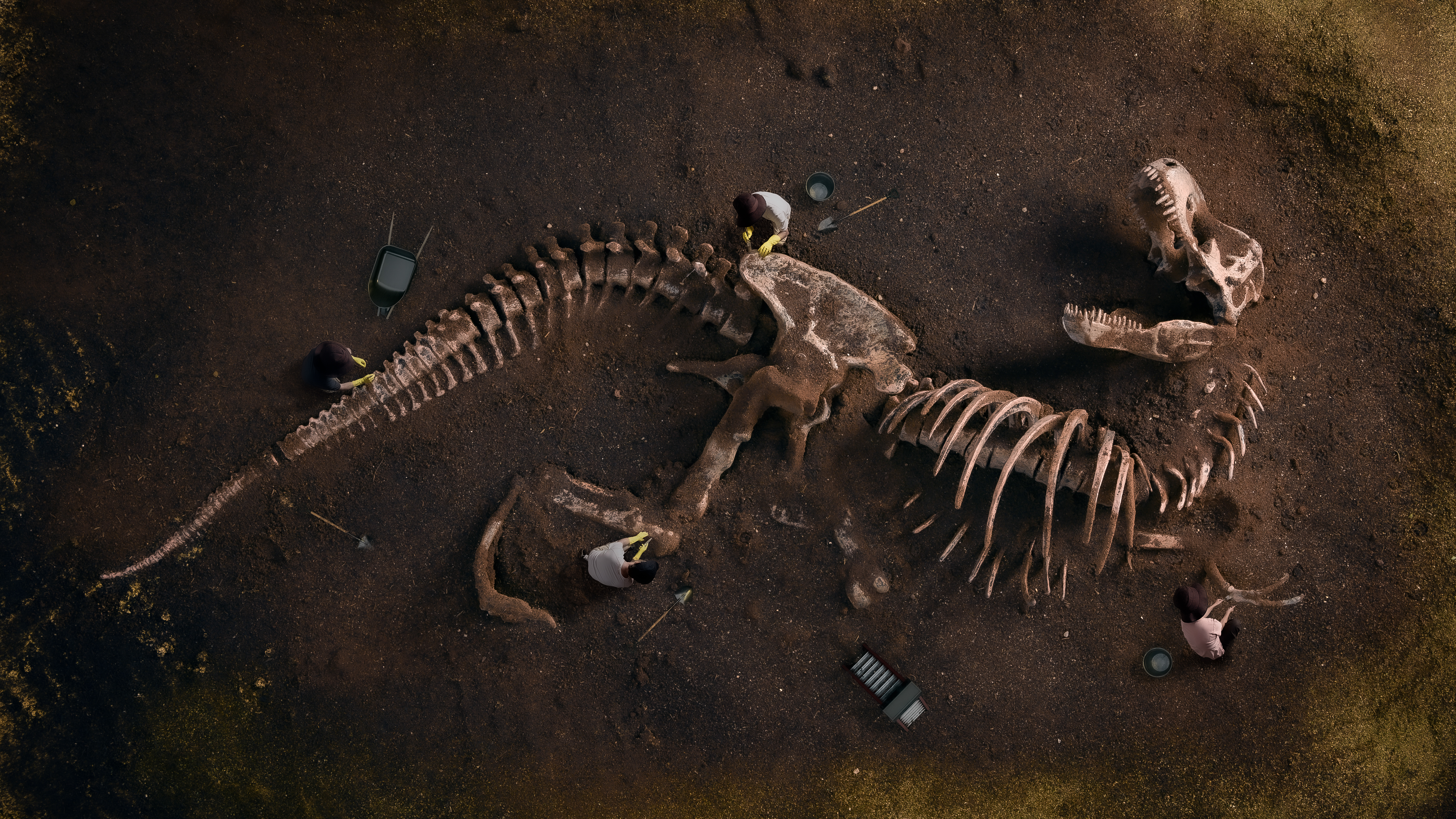
https://www.halloweencostumes.com/all-about-dinosaurs-and-fossils.html
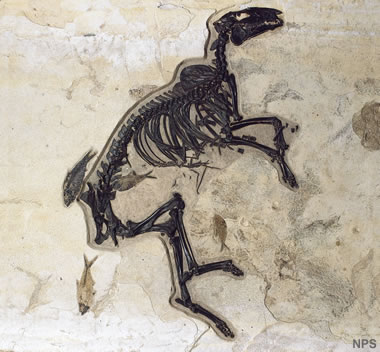
Green River Formation
The Green River Formation’s fossils include plants, fish, insects, and animals such as bats, turtles, stingrays, and, so far, a single horse. This formation includes Colorado, Utah, and Wyoming.
